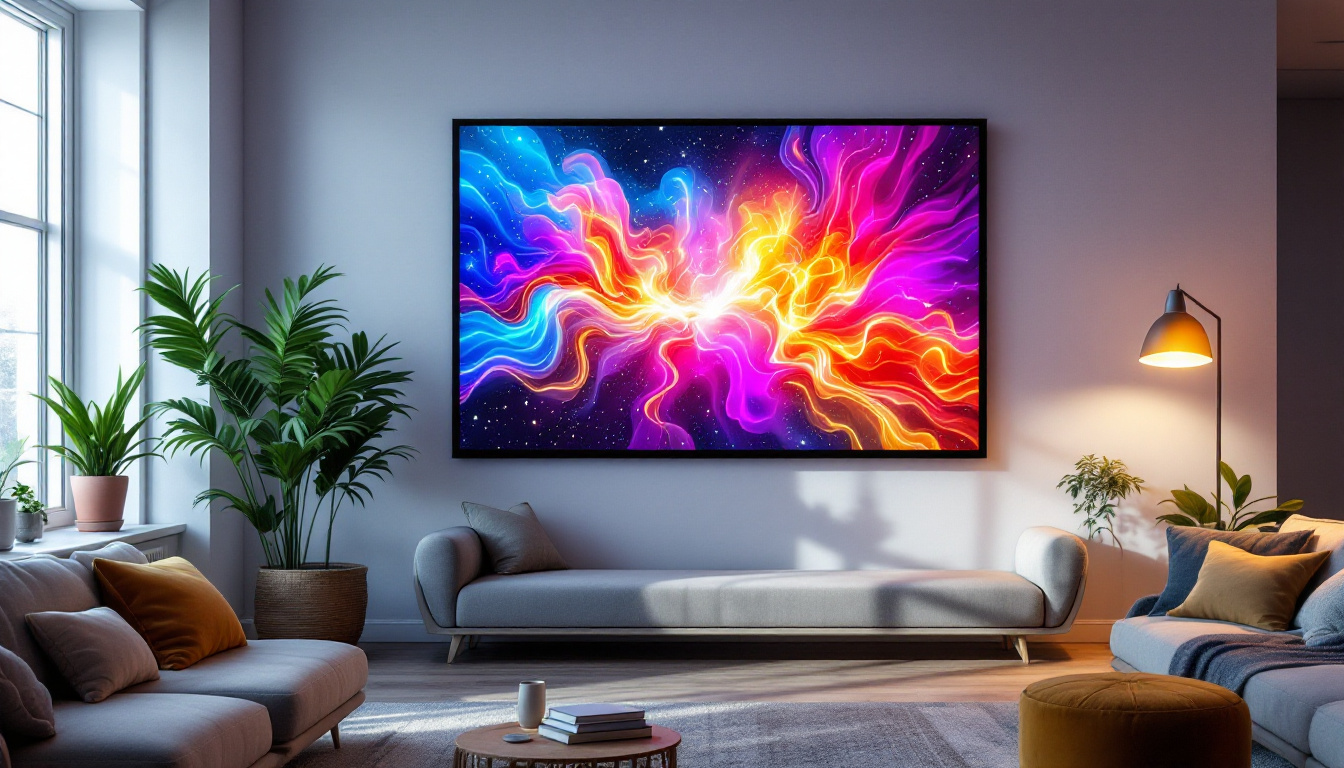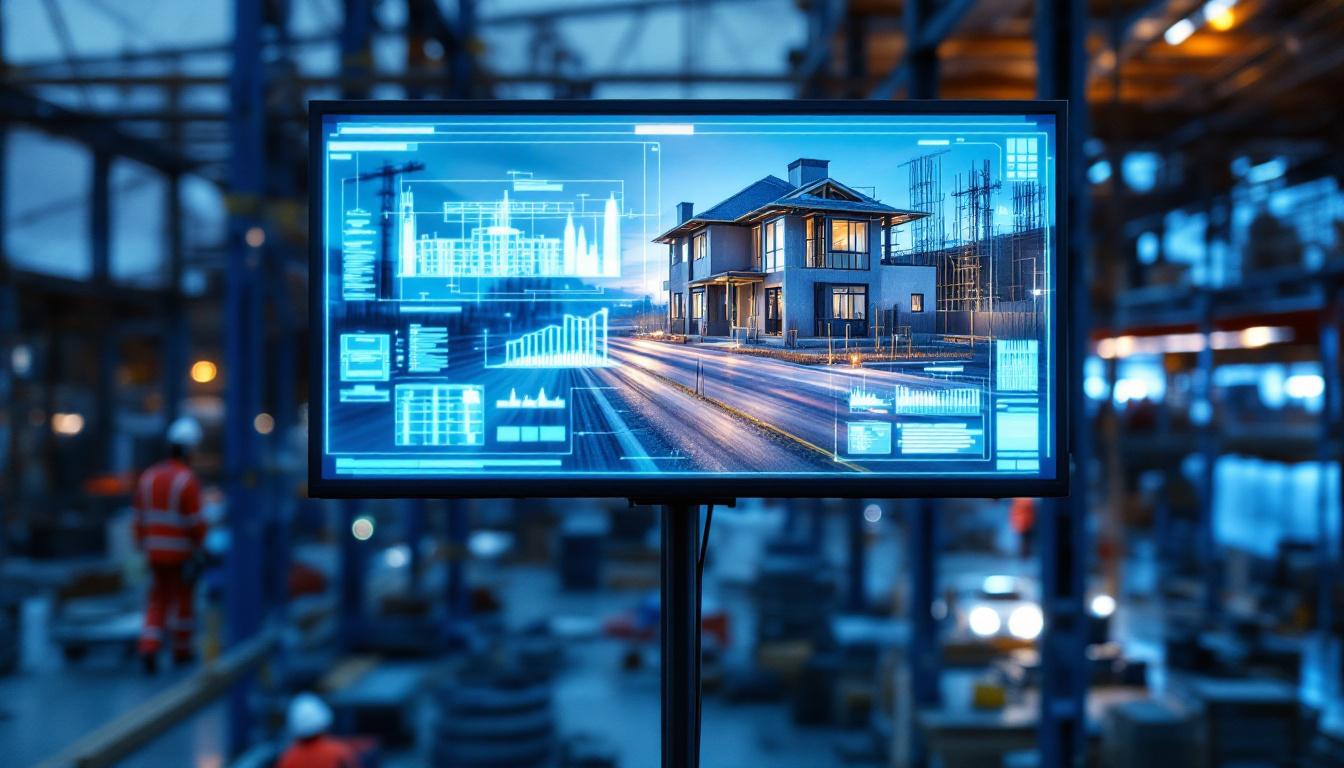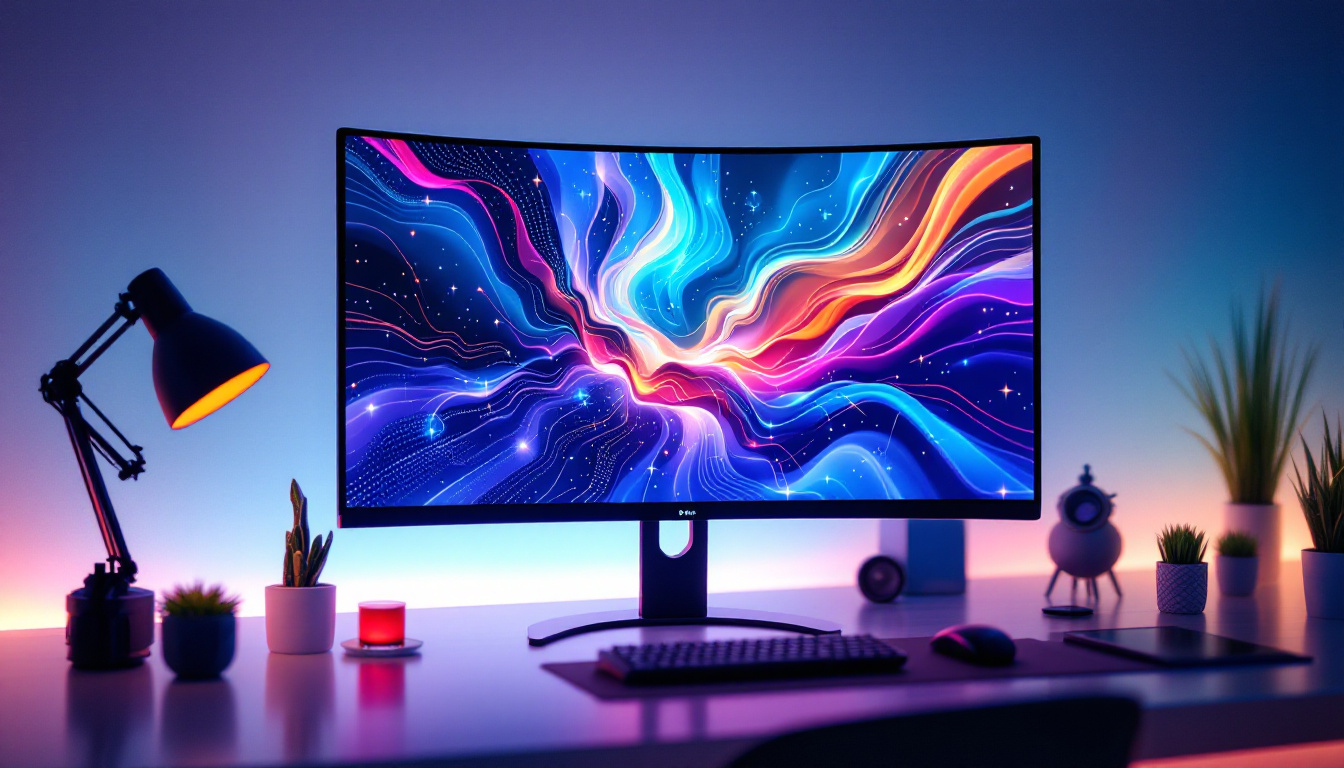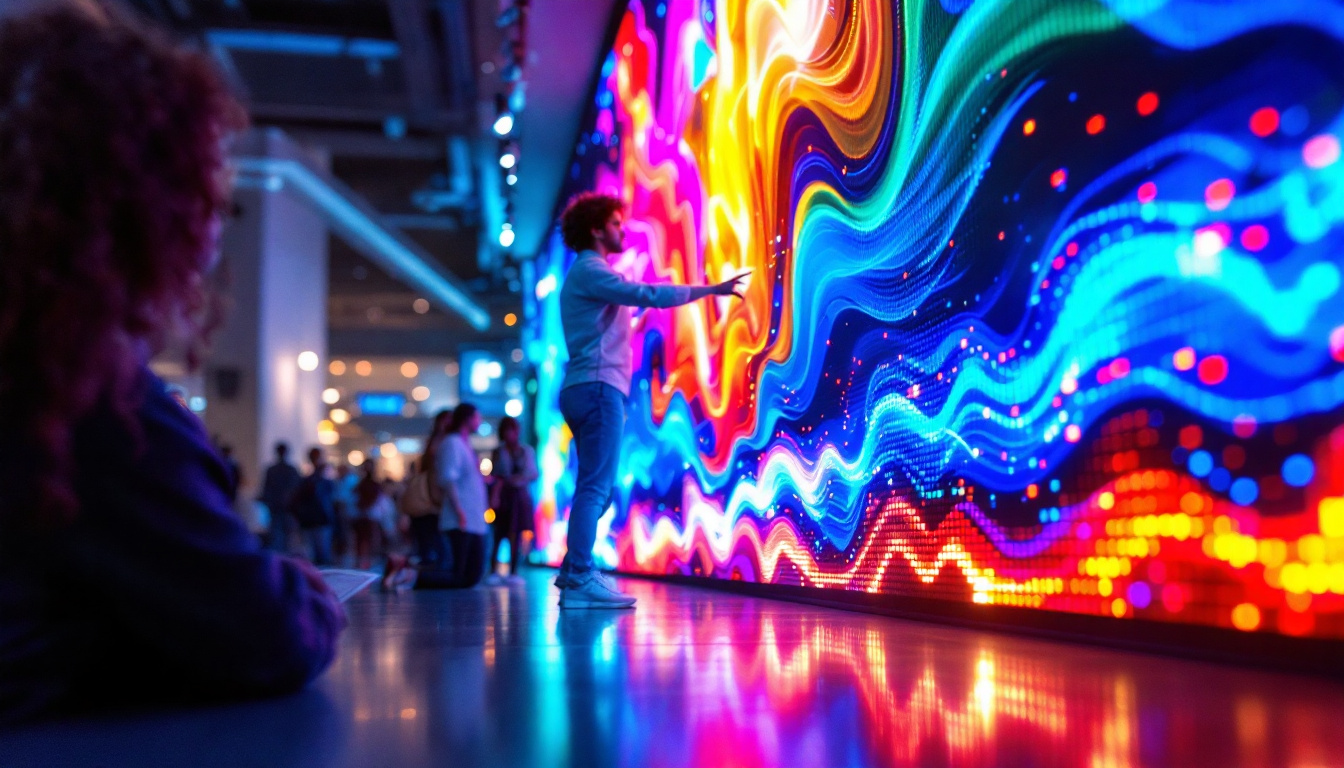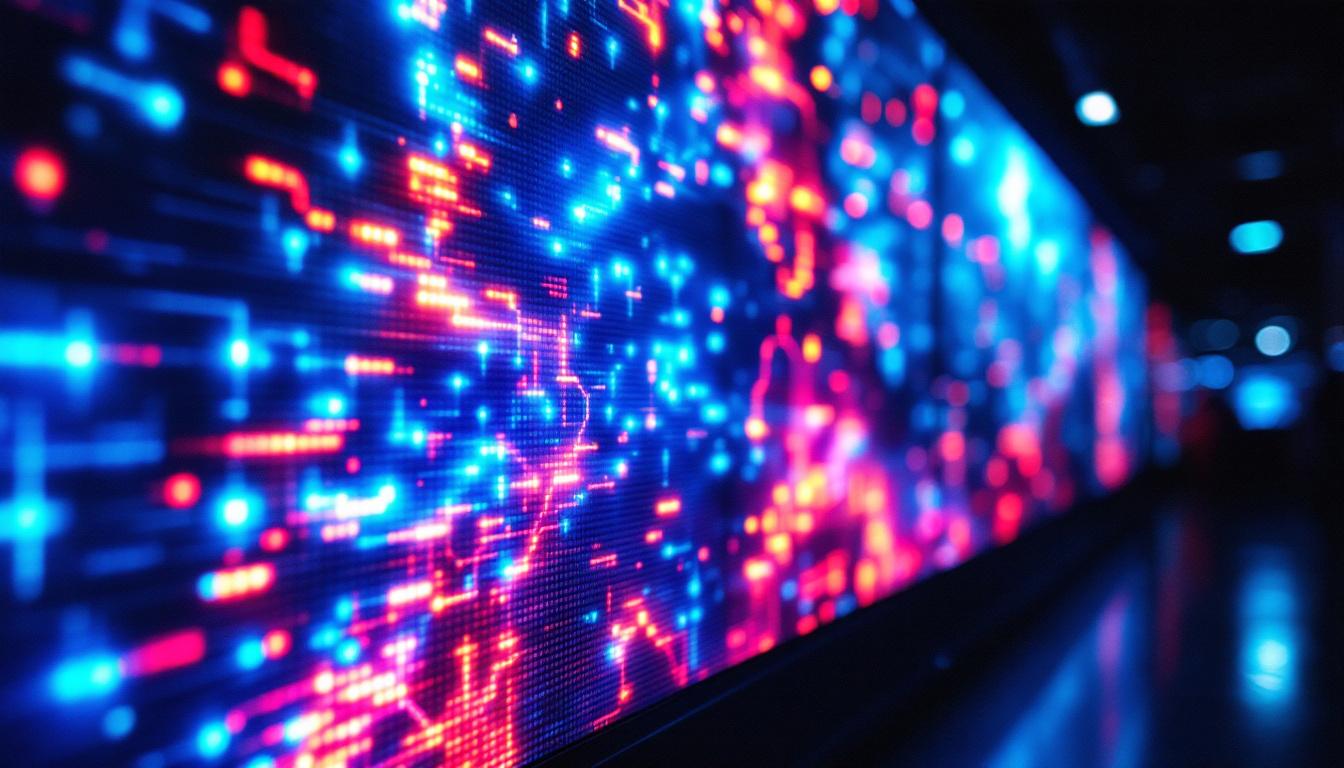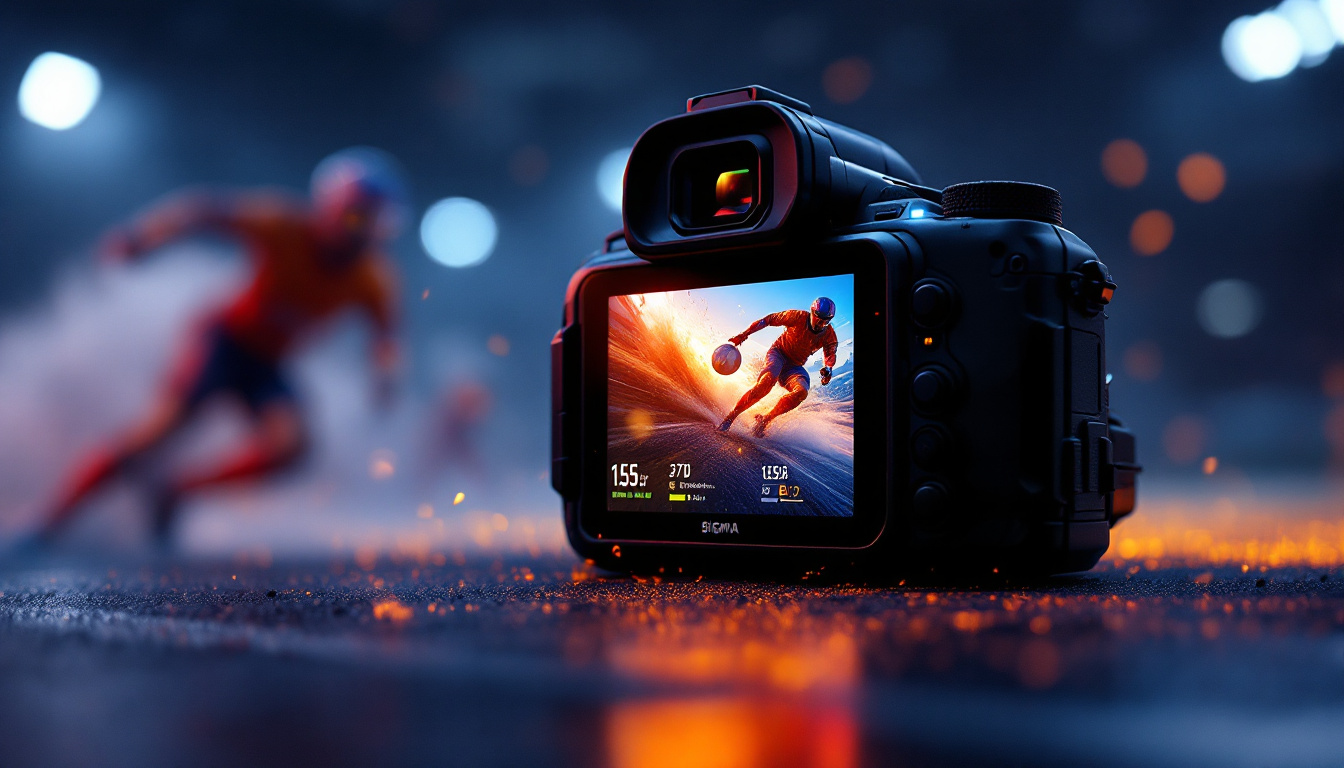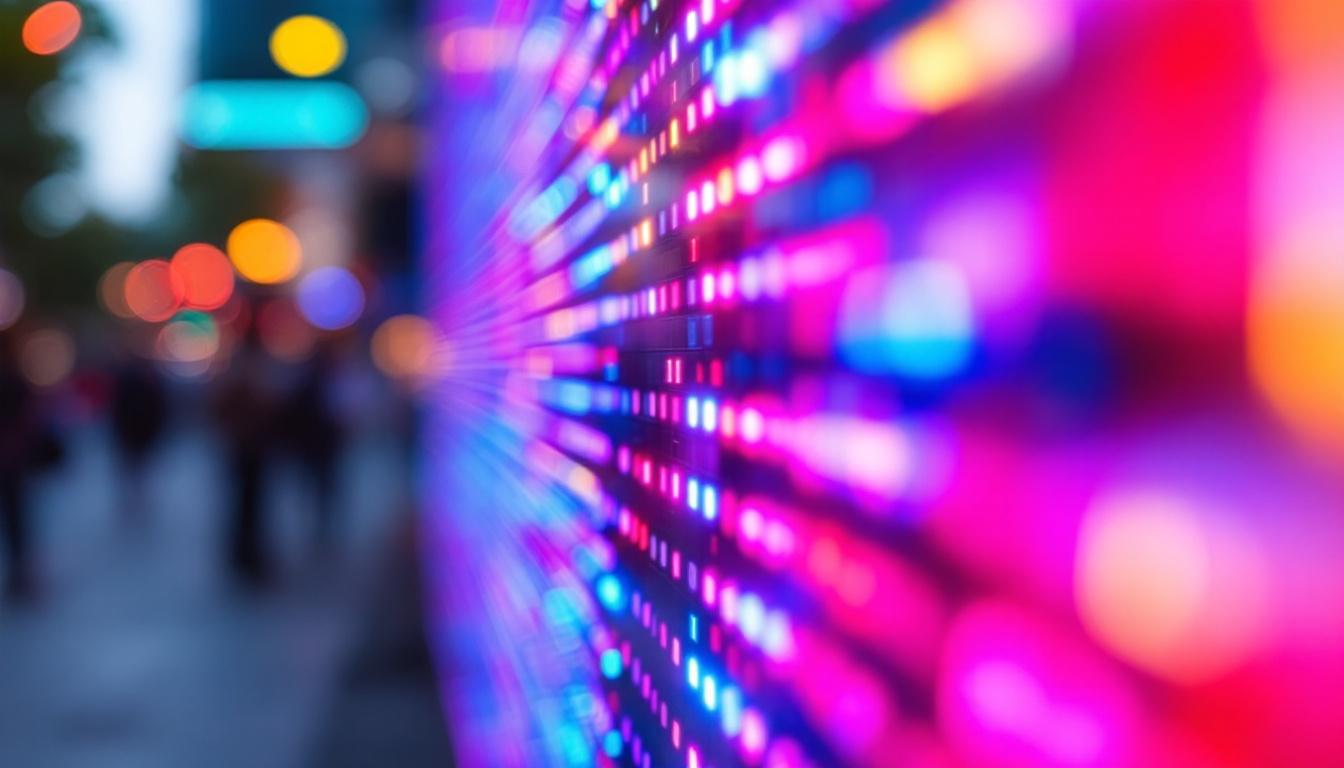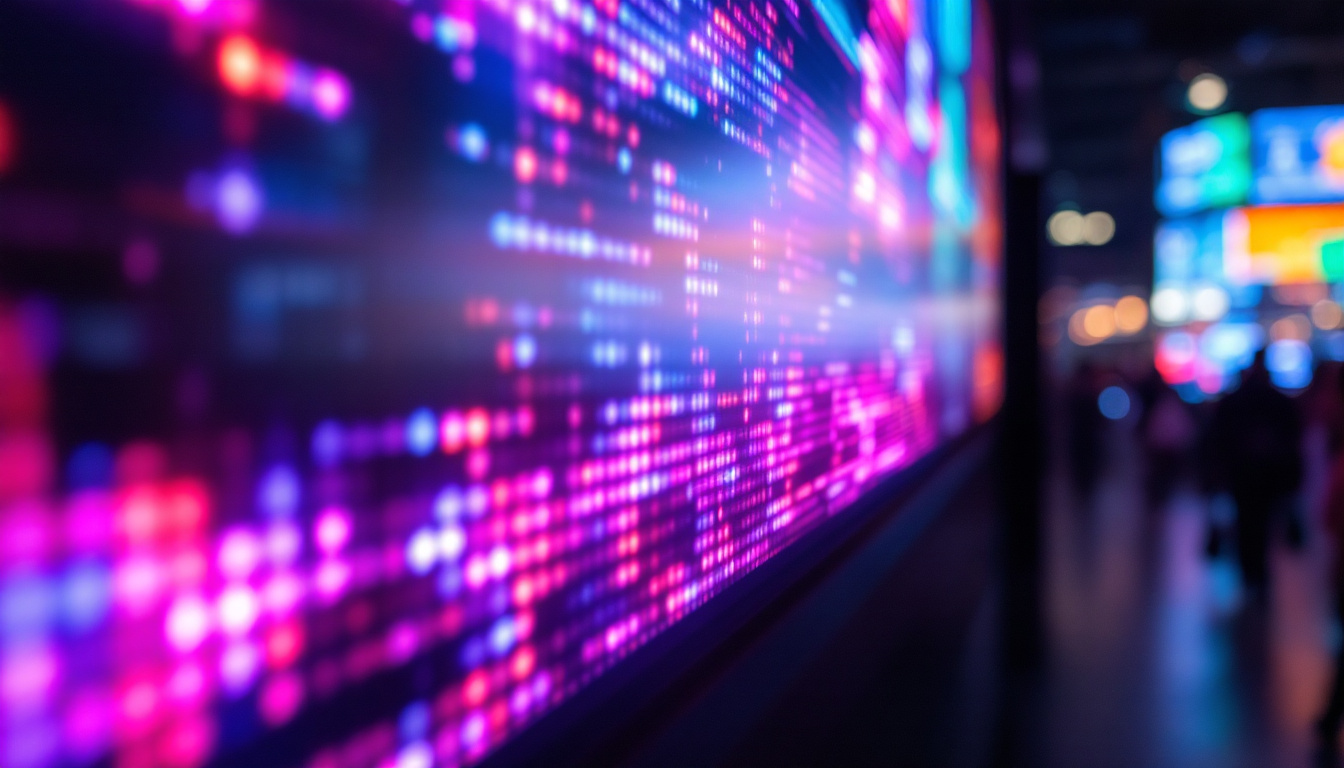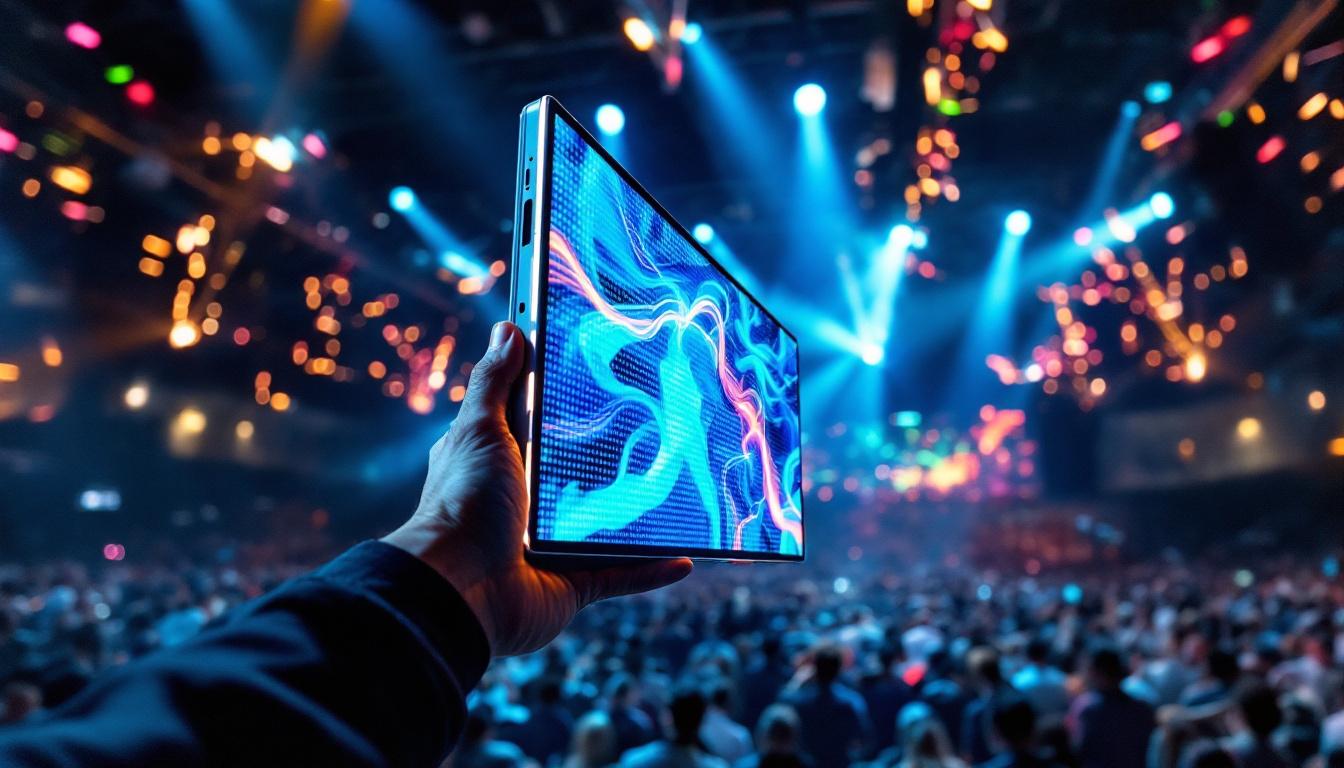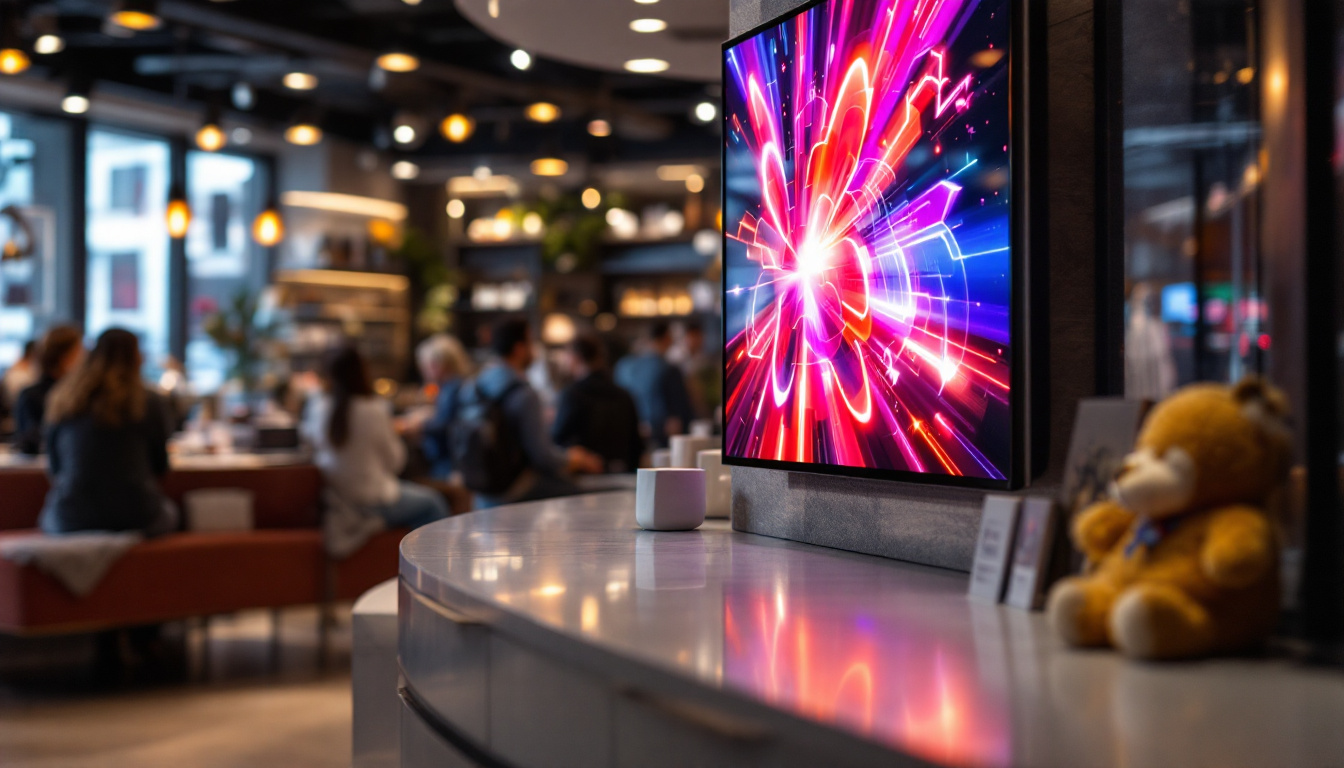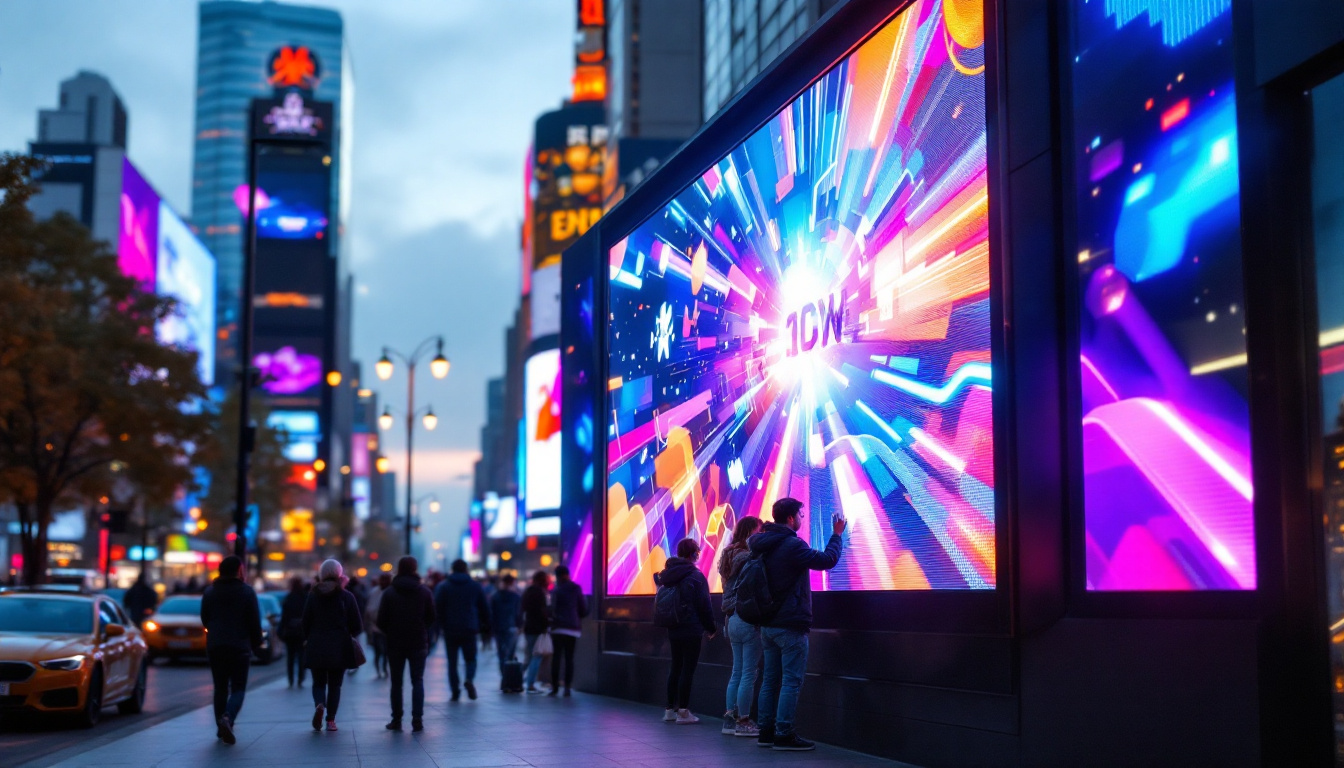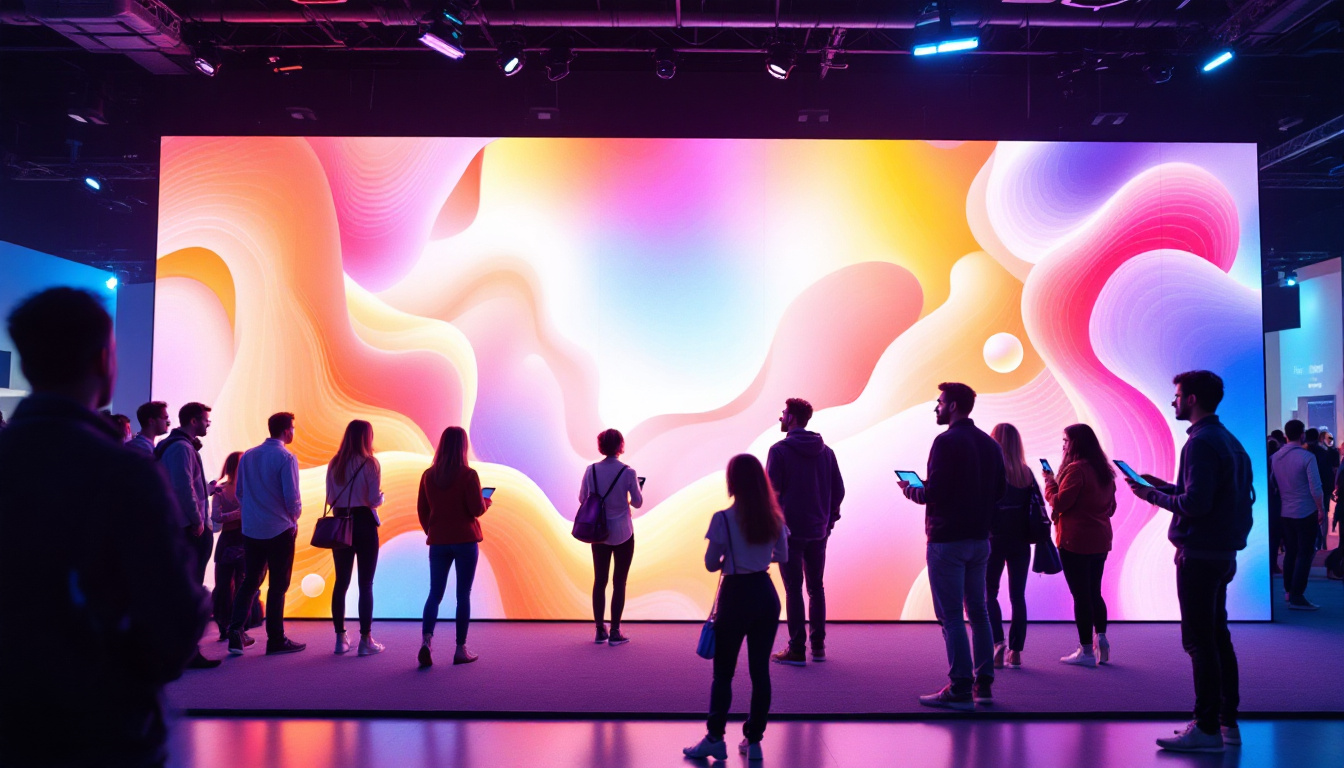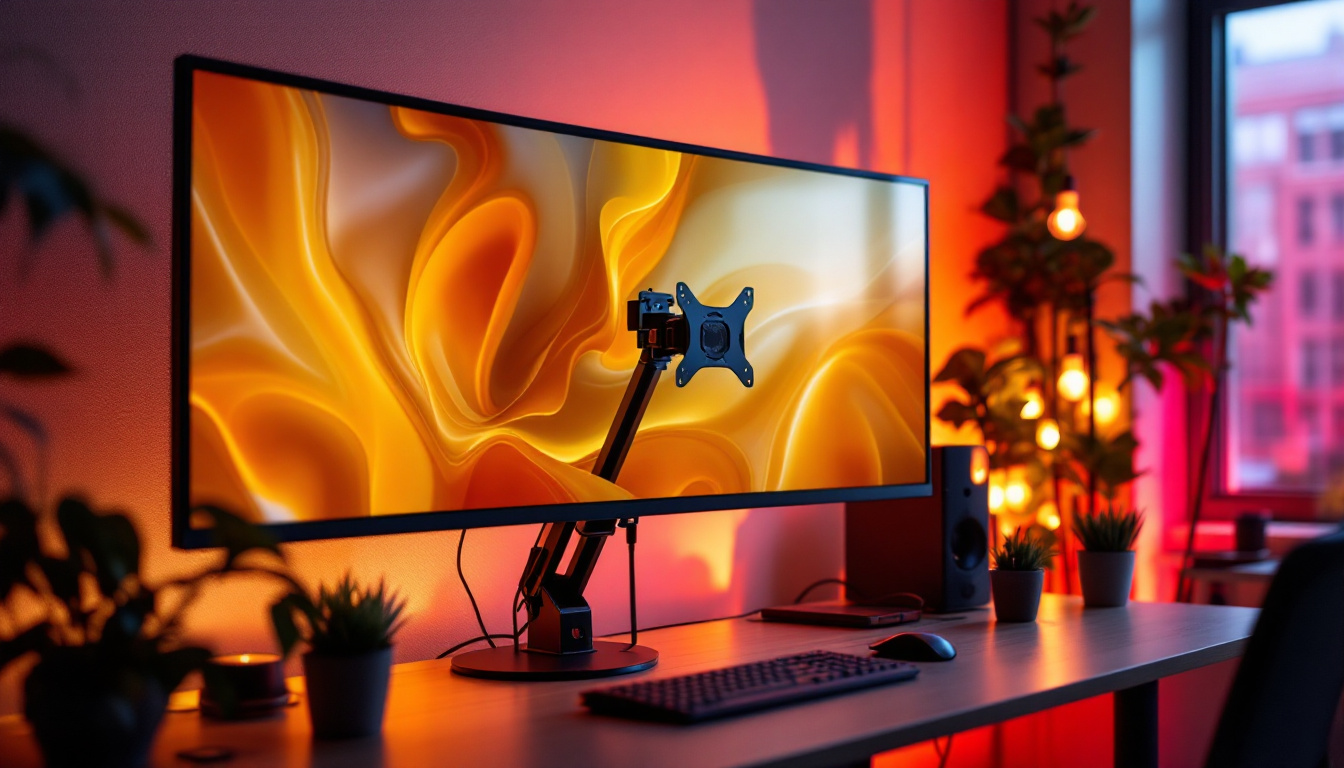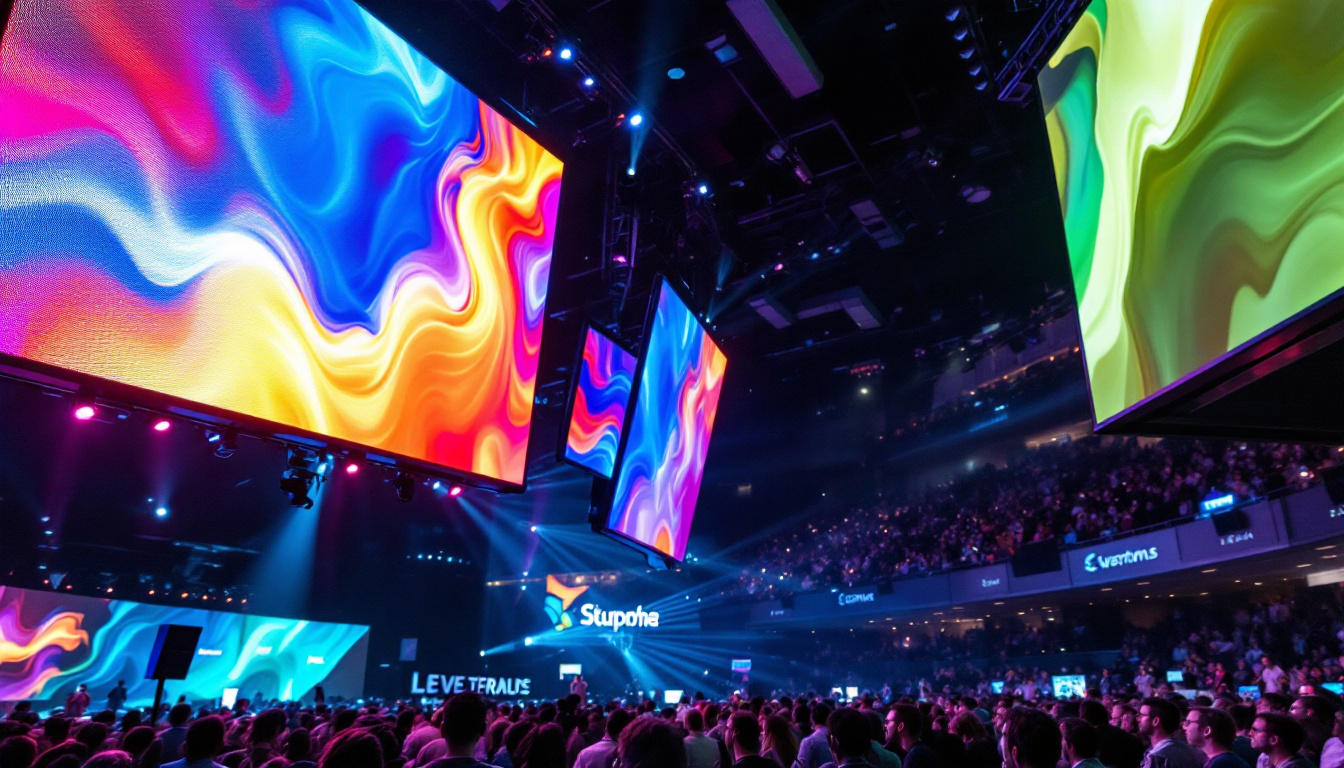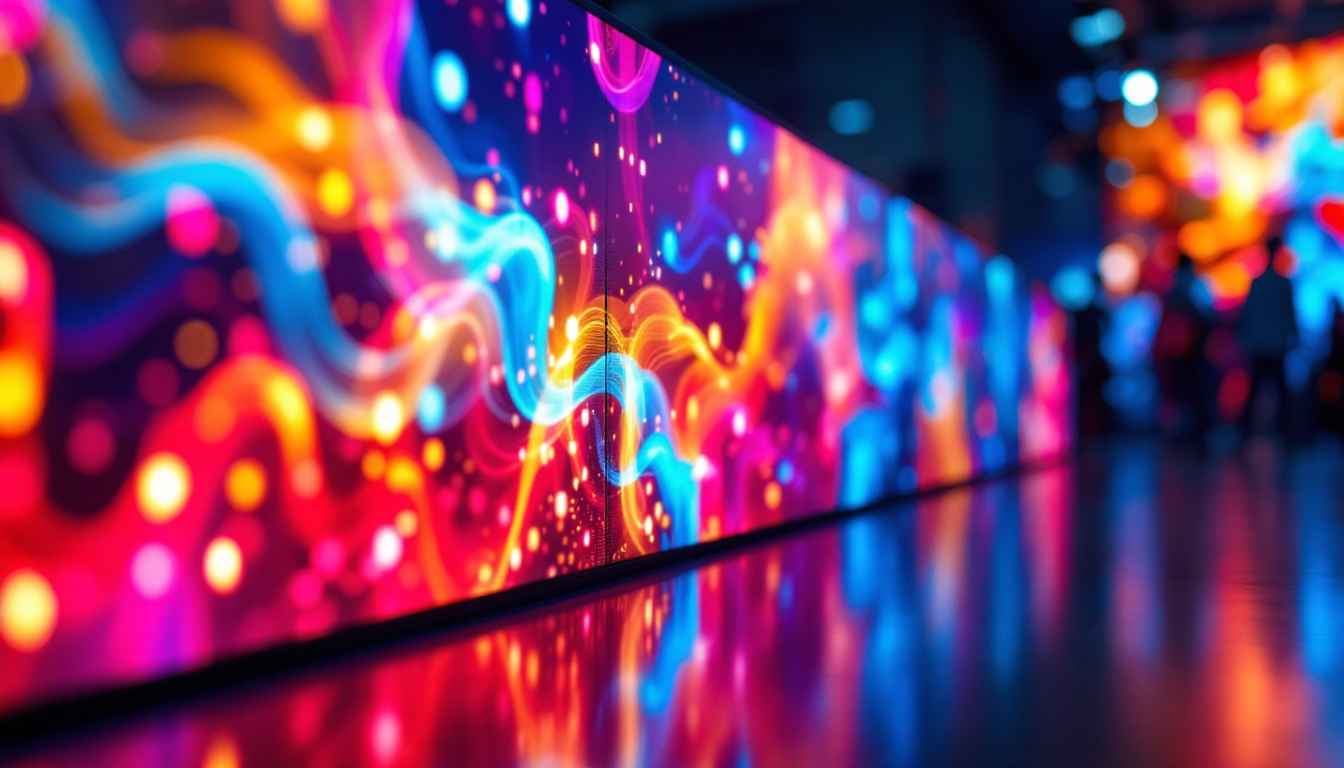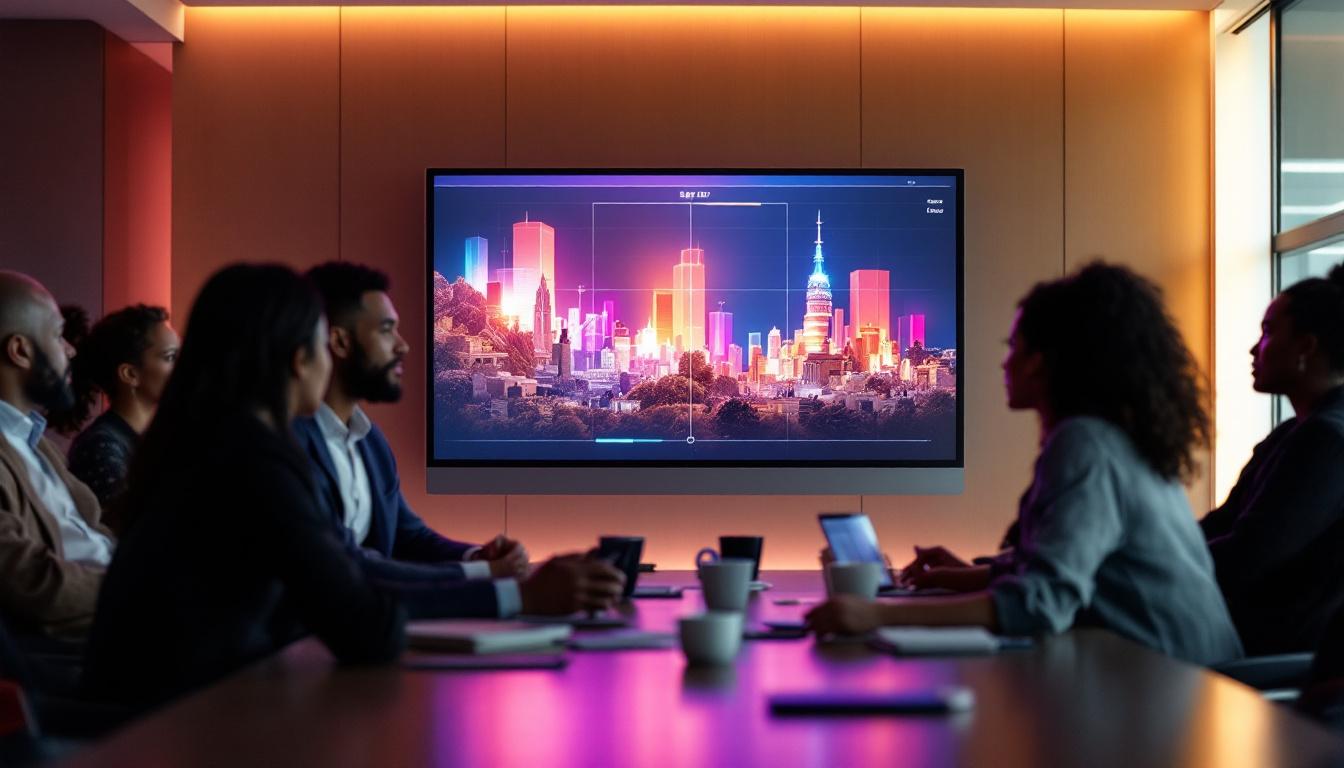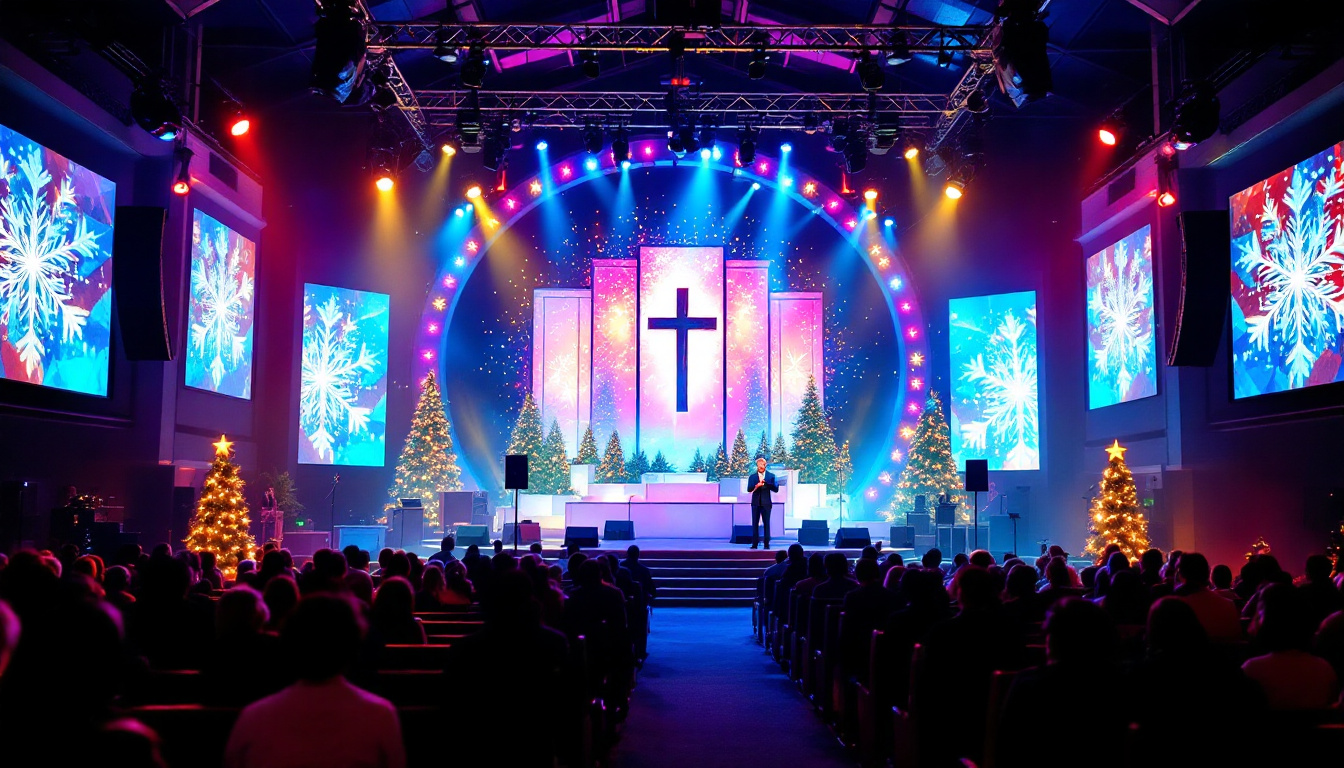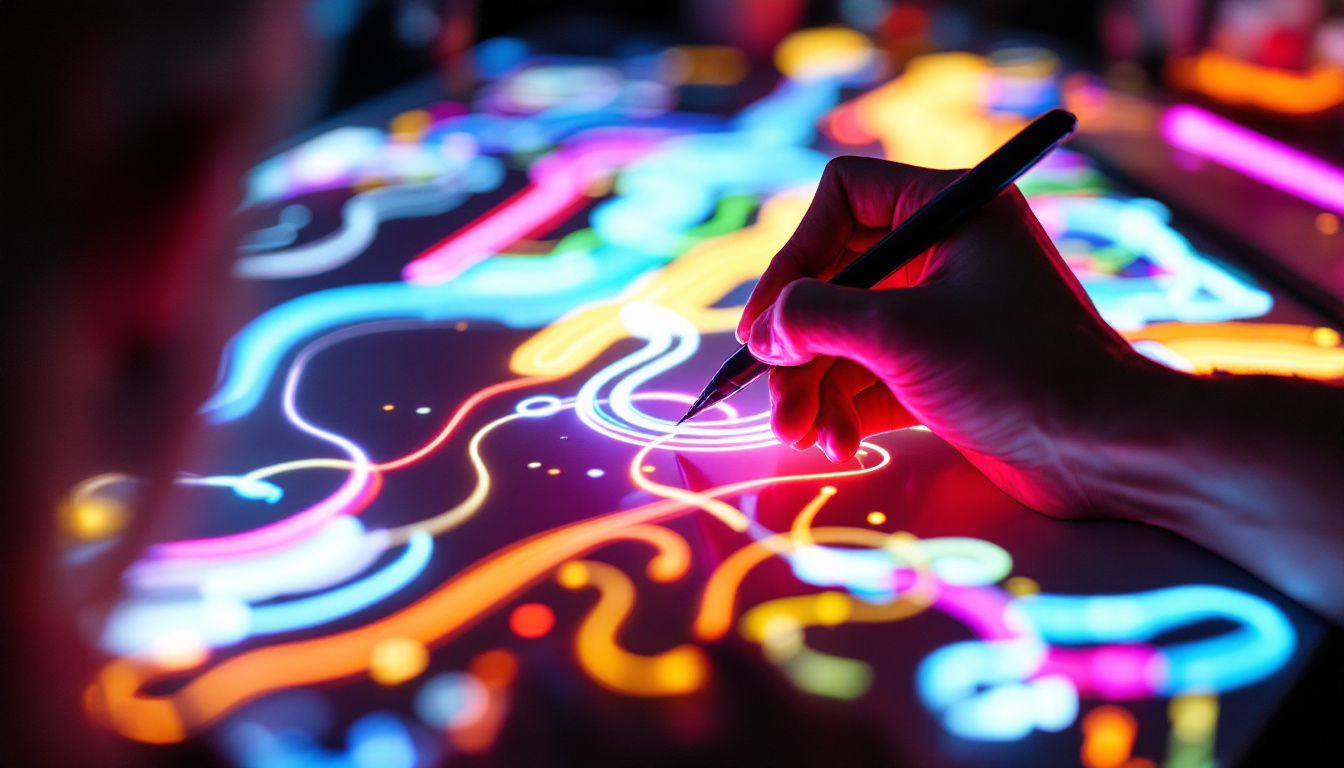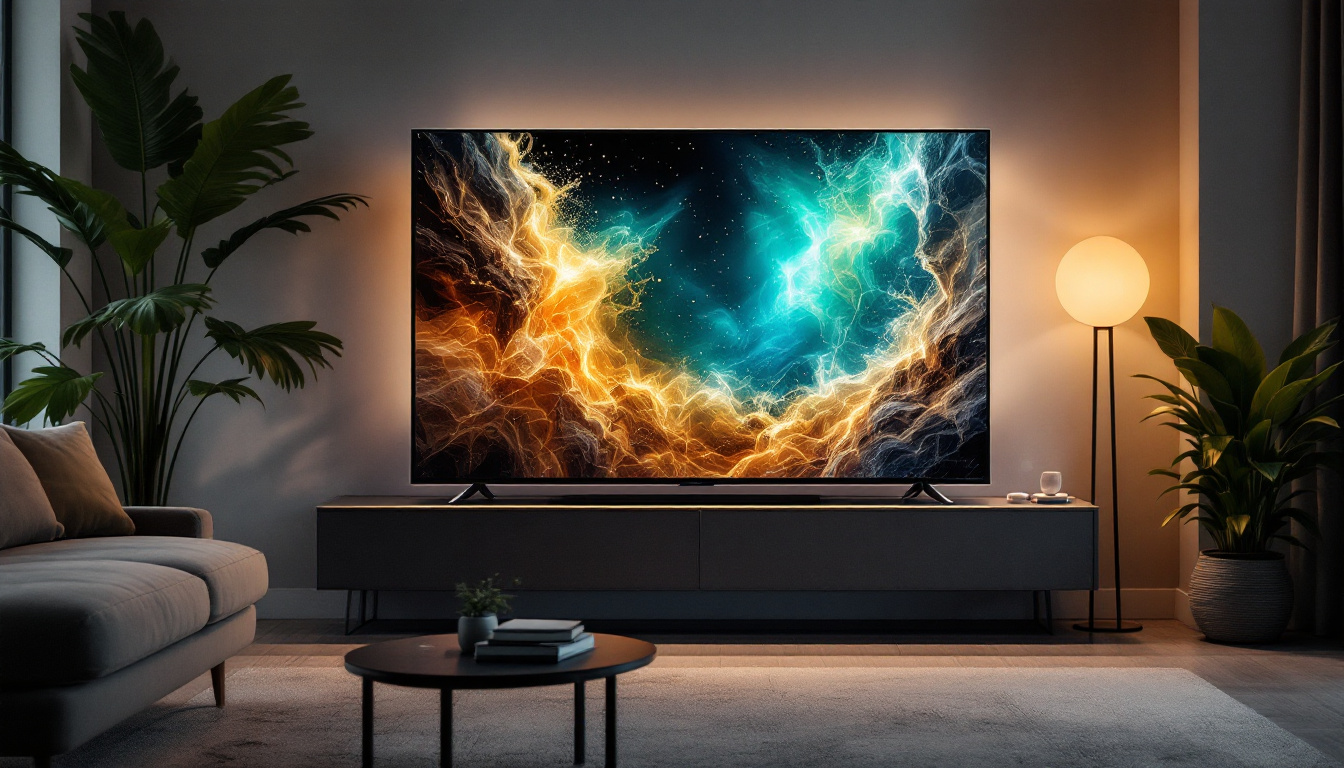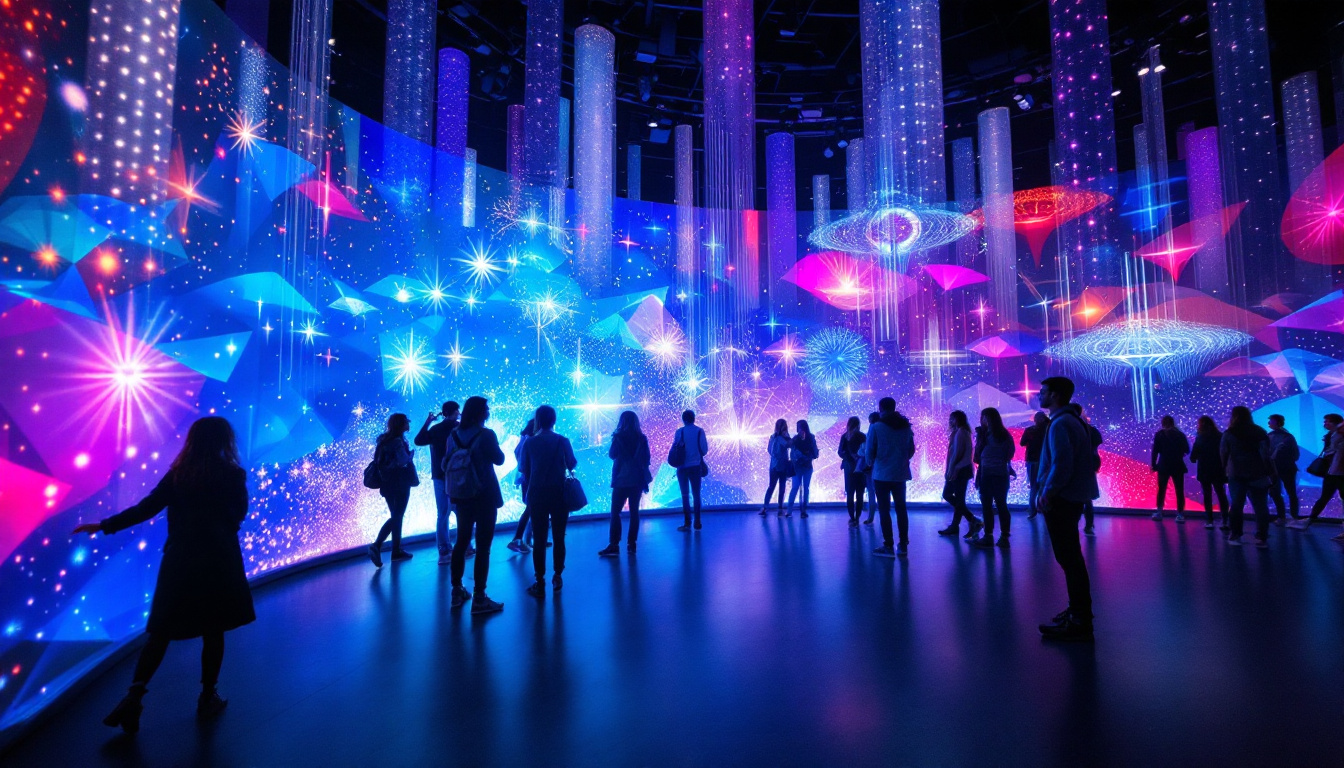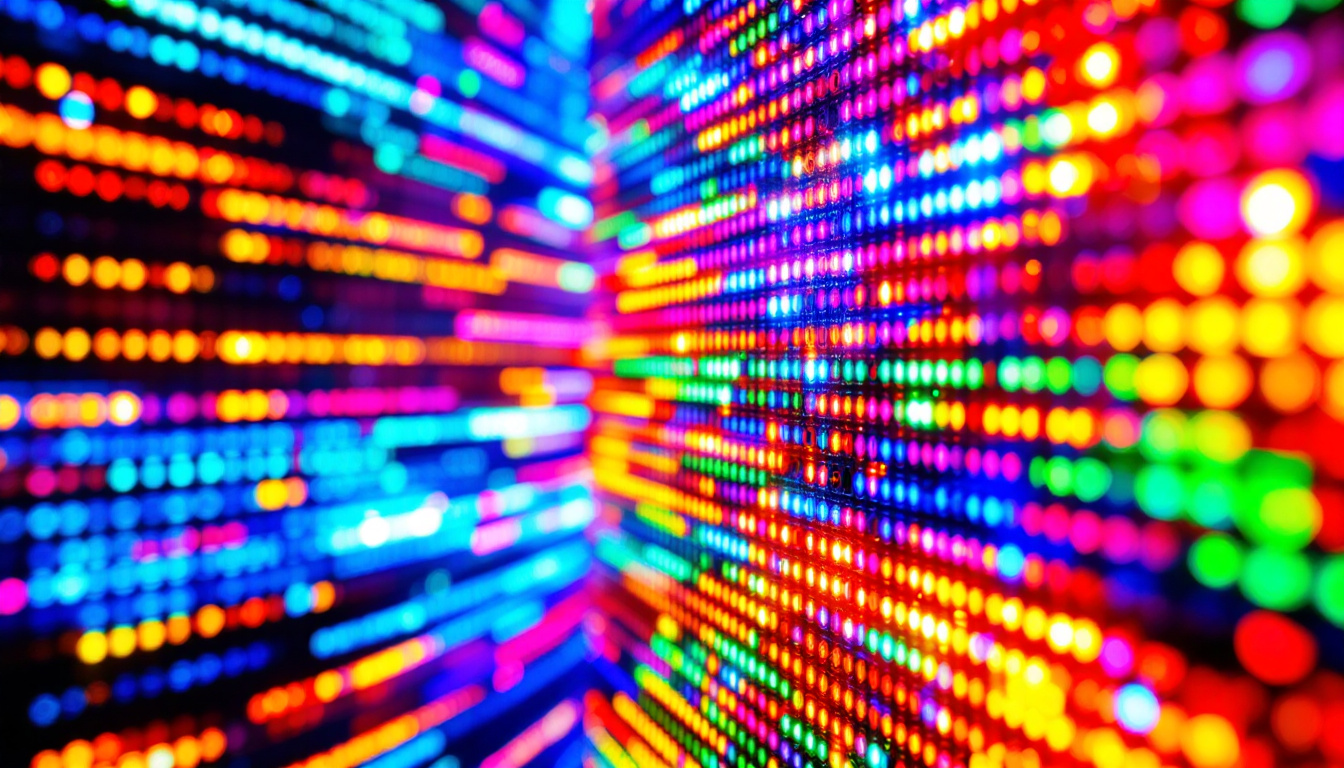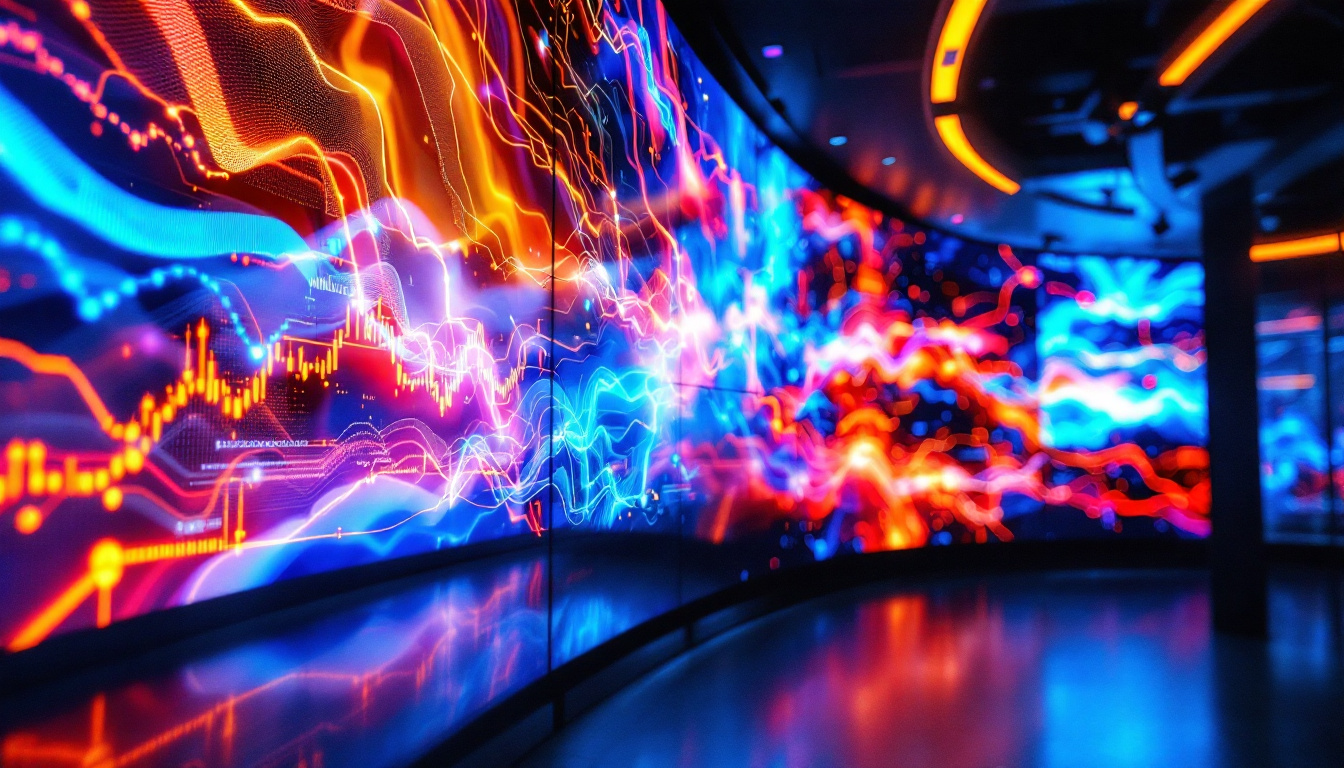In the realm of visual technology, wall projection screens and LED displays have emerged as pivotal tools for enhancing presentations, entertainment, and immersive experiences. As businesses and consumers alike seek high-quality visual solutions, understanding the intricacies of these technologies becomes essential. This article delves into the world of wall projection screens and LED displays, exploring their functionalities, advantages, and applications.
Understanding Wall Projection Screens
Wall projection screens serve as a vital component in any projection setup, acting as the canvas onto which images and videos are displayed. These screens come in various types, each designed to meet specific needs and environments. The choice of a projection screen can greatly affect the overall viewing experience, making it essential to understand the different options available and their respective advantages.
Types of Wall Projection Screens
There are several types of wall projection screens available on the market, including fixed-frame, retractable, and portable screens. Fixed-frame screens are permanently mounted to a wall, providing a seamless viewing experience. They are ideal for home theaters and conference rooms where a dedicated space is available. These screens often feature a tensioned surface that eliminates wrinkles and ensures a flat display, allowing for the best possible image quality.
Retractable screens, on the other hand, offer flexibility. They can be rolled up when not in use, making them suitable for multi-purpose spaces. This type is particularly advantageous in classrooms or living rooms where space is limited and aesthetics matter. Portable screens are designed for easy transport, catering to professionals who require a setup that can be quickly assembled in different locations. Often lightweight and compact, these screens can be set up in minutes, making them perfect for business presentations, outdoor movie nights, or trade shows.
Screen Materials and Gain Factors
The material of a projection screen significantly influences the quality of the image displayed. Common materials include matte white, glossy, and high-gain surfaces. Matte white screens are versatile and provide a wide viewing angle, making them suitable for various lighting conditions. They diffuse light evenly, which helps in producing a consistent image across the screen, regardless of the viewer’s position.
High-gain screens, while capable of reflecting more light, may narrow the viewing angle. This characteristic makes them ideal for environments where viewers are positioned directly in front of the screen. Additionally, some screens come with specialized coatings that enhance color reproduction and contrast, further elevating the viewing experience. Understanding these materials and their gain factors is crucial for selecting the right screen for specific applications. For instance, in a bright room, a high-gain screen may be preferable to combat ambient light, while a matte white screen could be the better choice for a dark home theater setup, ensuring that every detail of the image is captured beautifully.
The Rise of LED Displays
LED displays have revolutionized the way visual content is presented. Unlike traditional projection systems, LED technology utilizes light-emitting diodes to create images, offering several advantages over conventional methods.
How LED Displays Work
LED displays consist of numerous tiny diodes that emit light when an electric current passes through them. These diodes are arranged in a grid format, allowing for the creation of vibrant images and videos. The pixels in an LED display can be individually controlled, providing exceptional contrast and color accuracy.
This technology enables LED displays to achieve higher brightness levels than traditional projection systems, making them suitable for environments with significant ambient light. As a result, LED displays are increasingly favored for outdoor advertising, sports events, and large-scale presentations. The rapid response time of LED technology also allows for dynamic content changes, making it possible to display real-time information such as scores during a sports game or live updates during a concert.
Advantages of LED Displays
One of the primary advantages of LED displays is their durability. Unlike projection screens that can be susceptible to wear and tear, LED displays are built to withstand various environmental conditions. This resilience makes them ideal for both indoor and outdoor applications.
Additionally, LED displays offer lower maintenance costs. With no bulbs to replace and minimal upkeep required, these displays provide a cost-effective solution over time. Their energy efficiency also contributes to reduced operational costs, making them an attractive option for businesses looking to minimize expenses. Furthermore, the long lifespan of LED technology—often exceeding 100,000 hours—means that organizations can enjoy years of high-quality performance without the need for frequent replacements. This longevity not only enhances the return on investment but also supports sustainability efforts by reducing electronic waste.
Moreover, the versatility of LED displays is noteworthy; they can be configured in various shapes and sizes, allowing for creative installations that can fit any space. From curved displays that wrap around architectural features to massive video walls that dominate public squares, the adaptability of LED technology opens up endless possibilities for designers and advertisers alike. As the technology continues to evolve, we can expect even more innovative applications, such as transparent displays that blend seamlessly into their surroundings, further pushing the boundaries of visual communication.
Applications of Wall Projection Screens and LED Displays
The versatility of wall projection screens and LED displays allows them to be utilized in a wide range of settings. From corporate environments to educational institutions, these technologies play a crucial role in communication and engagement.
Corporate Use
In the corporate world, wall projection screens and LED displays are frequently used for presentations, training sessions, and video conferencing. The ability to display high-quality visuals enhances communication and ensures that messages are conveyed effectively.
Moreover, LED displays are often employed in digital signage, providing real-time information and advertisements in lobbies, conference rooms, and public spaces. This dynamic form of communication allows businesses to engage with their audience in innovative ways. For instance, companies can update their displays with the latest news, promotional offers, or even social media feeds, creating an interactive atmosphere that captures attention and drives engagement. This adaptability not only improves brand visibility but also fosters a sense of community among employees and visitors alike.
Educational Institutions
Educational institutions have also embraced wall projection screens and LED displays to enhance the learning experience. Classrooms equipped with interactive projection systems enable teachers to present information in engaging formats, fostering collaboration and participation among students.
LED displays are increasingly used in auditoriums and lecture halls, where their brightness and clarity ensure that all students can see the content being presented. This technology facilitates a more inclusive learning environment, accommodating diverse learning styles and needs. Additionally, the integration of these displays with educational software allows for real-time quizzes and interactive lessons, making learning not just informative but also enjoyable. Schools are now able to create immersive experiences that can transport students to different worlds, whether through virtual field trips or interactive science demonstrations, thus enriching the educational landscape significantly.
Choosing the Right Technology for Your Needs
When considering wall projection screens and LED displays, several factors should be taken into account to ensure the best choice for specific applications.
Space and Environment
The physical space where the technology will be used plays a significant role in determining the appropriate solution. For smaller rooms with controlled lighting, a high-quality projection screen may suffice. However, larger spaces or those with ambient light may benefit more from an LED display.
Additionally, the intended use should guide the decision-making process. For instance, if the primary goal is to showcase dynamic content, LED displays may be the better option due to their superior brightness and color accuracy.
Budget Considerations
Budget constraints are often a deciding factor when selecting visual technology. While LED displays may have a higher initial cost, their long-term savings in maintenance and energy efficiency can make them a more economical choice over time.
Conversely, wall projection screens can be more budget-friendly upfront, but ongoing costs related to bulb replacements and screen maintenance should be factored into the overall expenditure.
Future Trends in Wall Projection Screens and LED Displays
The landscape of visual technology is continuously evolving, with new advancements enhancing the capabilities of wall projection screens and LED displays.
Emerging Technologies
One notable trend is the integration of smart technology into LED displays. Features such as touch interactivity and connectivity with mobile devices are becoming increasingly common, allowing users to engage with content in innovative ways.
Additionally, advancements in resolution, such as 4K and even 8K displays, are pushing the boundaries of image quality. These high-resolution options provide unparalleled clarity, making them ideal for applications where detail is paramount.
Sustainability and Eco-Friendliness
As environmental concerns continue to rise, manufacturers are focusing on creating more sustainable products. This includes developing energy-efficient LED displays and recyclable materials for projection screens. Such initiatives not only benefit the environment but also appeal to consumers who prioritize sustainability in their purchasing decisions.
Conclusion
Wall projection screens and LED displays are integral components of modern visual technology, each offering unique advantages suited to various applications. Understanding the differences between these technologies, their respective benefits, and their ideal use cases can empower businesses and individuals to make informed decisions.
As the demand for high-quality visual experiences continues to grow, staying abreast of emerging trends and advancements in technology will be crucial. Whether for corporate presentations, educational settings, or entertainment purposes, the right choice of wall projection screen or LED display can significantly enhance the overall experience.
In a world where visuals play a crucial role in communication and engagement, investing in the right technology is not just a choice; it’s a necessity for success.
Discover LumenMatrix’s Innovative LED Display Solutions
Ready to elevate your visual experience with the latest in LED technology? Look no further than LumenMatrix, a pioneer in crafting LED display modules that bring your content to life. Whether you’re looking to boost your brand’s presence, engage your audience with interactive displays, or create a dynamic environment for any occasion, LumenMatrix has a solution tailored to your needs. From Indoor and Outdoor LED Walls to specialized options like Vehicle, Sports, and Floor LED Displays, our range ensures your message shines with brilliance and clarity. Check out LumenMatrix LED Display Solutions today and transform the way you communicate visually.

